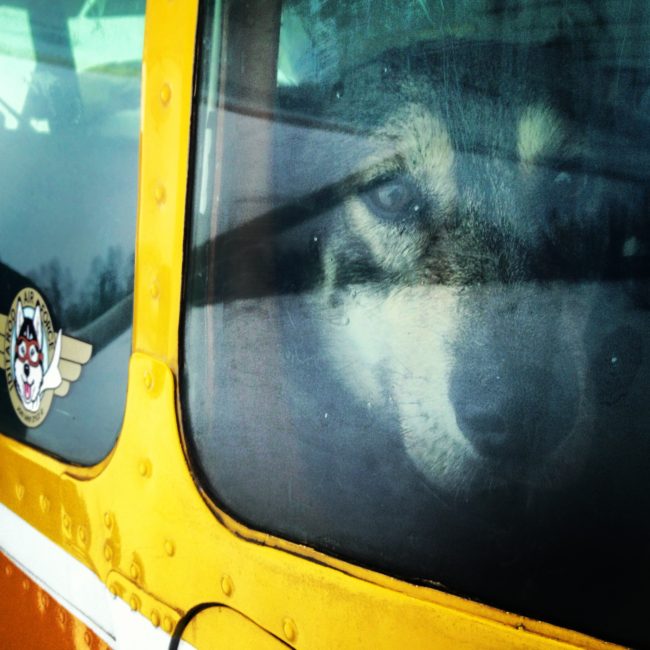
Dog teams face the last 250 miles of the Iditarod Trail Sled Dog Race. The trail runs along the windy coastline of the Bering Sea from Unalakleet to Nome. It’s getting close to the time when mushers will make some of their last moves. It’s only a matter of time before decisions on the trail turn into race results.
Mushers look at the 250 miles between Unalakleet and Nome a few different ways: it’s either a long way to go, or not long enough. For long time veteran Dee Dee Jonrowe, it’s likely somewhere in between. She came into the small coastal city with a sled full of water-logged gear.
“You know, it’s stupid to go up the coast, when you’re just semi-dry and your survival gear you can’t get into.”
Instead of chasing the leaders, Jonrowe opted to stay at the checkpoint long enough to dry out. She also wrapped hot pink wind and water proof raincoats around her dogs as they finished up second and third helpings of kibble and meat. From here to Nome, Jonrowe says calories are critical to keep dogs running.
“I would be really scared to take a dog out of here that wasn’t eating.”
A dog rode for most nearly all of the 85 mile run from Kaltag to Unalakleet in Sonny Lindner’s sled bag. Lindner dropped her when he arrived. He says the coast is no place to carry extra weight.
“I gotta keep ‘em together now, you know?”
Lindner has run the race more than twenty times. To cut down on weight and pick up some speed, he also switched out his sled. He traded his heavy tail dragger for a lighter coastal sled that rides higher.
We used to use the coastal sled even in the very first ones. You need smaller teams, smaller pile of gear, short runs, end of the race. Get me outta here!”
Aliy Zirkle is also a seasoned veteran, having finished the Iditarod twelve times. But her plan coming out of Kaltag backfired.
“I was hoping to draw out the guys who were already there earlier than they wanted to leave, so they didn’t rest their dogs as much and their dogs would be tired. Then I’d go camp at a cabin and be really cozy until they went by, but I didn’t make it to the cabin, so I was really cozy in a snow berm as usual.”
She says her plan B also didn’t work out. As she scarfed pancakes and a cheeseburger in Unalakleet, Zirkle puzzled over the latest standings.
After a few hours rest, Zirkle still wasn’t sure how she’d approach the next few runs… unlike another long-time vet, who is very sure he won’t be leading the way into Nome.
“Iditarod, you used to have three or four shots at winning.”
Martin Buser lead for more the half the race, but lost his lead coming off the Yukon River.
“You know you could make a move… now the competition is such that you have one shot at trying something and if it doesn’t work, that’s it.”
Buser opted to give his tired dogs some well-deserved rest before tackling the coast. He plans to bring his team of young dogs back for another try next year. He’d prefer his team has a fun run into Nome, without pushing too hard.
Like Buser, former champion Mitch Seavey knows that decisions made on the trail can sometimes come down to a gamble:
“At this point, I’m so tired, you just kind make something up.”
The 19 time finisher had little to say beyond emphasizing the importance of rest as he dug through his sled looking for more weight to drop before he left to drive his team along the coast to Shaktoolik and across the sea ice to Koyuk.
